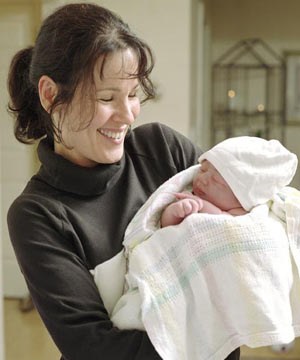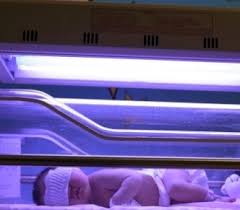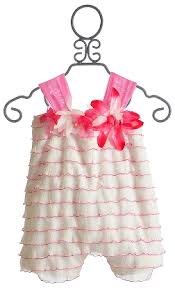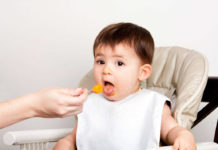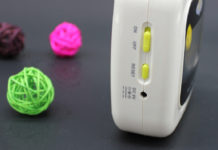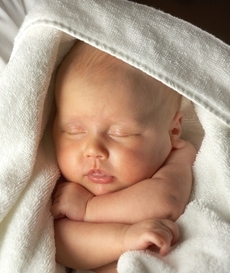 In our continuing series on normal variation in newborn appearance, we will next look at birthmarks.
In our continuing series on normal variation in newborn appearance, we will next look at birthmarks.
1. Angel kisses and stork bites: These are pink or red areas that are common birthmarks. They generally disappear sometime around your baby’s first birthday.
They are generally found on the bridge of the nose, between the eyebrows, or on the back of the neck.
These salmon patches, as they are also sometimes called, are most common on light skinned babies.Â
2. Strawberry or cherry hemangiomas: Hemangiomas are red raised marks that may appear pale but become larger and redder during the baby’s first few months. Caused by collections of widened blood vessels, these capillary birthmarks often disappear by the time your baby is 6 years old.
3. Port-wine stains: These birthmarks are very distinctive looking. They are reddish-purple, and usually large and flat. These birthmarks do not disappear on their own, although they can be treated by a dermatologist if their appearance is cause for concern in later life.
4. Mongolian spots: More than half of black, Native American and Asian babies will have these flat birthmarks which are often blue-gray or blue-green in color, often resembling ink stains. Like stork bites, these almost always fade away by the time your baby is few years old.
5. Pigmented nevi: This is the official name for common brown or black moles. Some babies have moles at birth while others develop them afterwards. Moles that are large or have an unusual appearance should be evaluated by your baby’s physician.
While all of these birthmarks are cosmetic, there is one type of birthmark that can be cause for concern: cafe-au-lait spots. These birthmarks are called cafe-au-lait spots because they are the color of “coffee with milk.†If your baby has only a few small spots, they are not cause for concern.
However, if the spots are large, or your baby has six or more, they may indicate the presence of an underlying medical condition and should be evaluated by your baby’s doctor.
Why Does My Newborn Baby’s Head Look Funny? – Part 1
Why Does My Newborn Baby’s Face Look Funny? – Part 2








